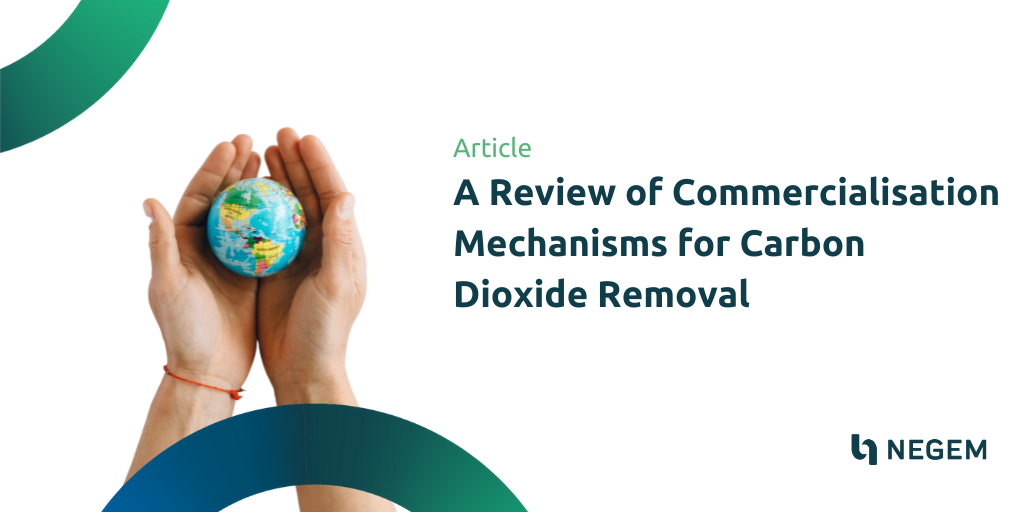This paper by NEGEM partners at Oxford Net Zero Dr. Conor Hickey, Professor Sam Fankhauser, Dr. Steve Smith and Professor Myles Allen, surveys the policy mechanisms currently in place globally to incentivise CDR, together with an estimate of what different mechanisms are paying per tonne of CDR, and how those costs are currently distributed.
The study highlights that while reducing emissions is critical, scaling up the deployment of carbon dioxide removal (CDR) is necessary to reach net-zero emission targets. However, the majority of current CDR mechanisms are under resourced and pay too little to support a balanced CDR portfolio that could achieve net-zero emissions.
- With minor exceptions the cost of both biological and geological CDR generally exceeds the funding that is available under existing support mechanisms, particularly for market-based mechanisms.
- The majority of available mechanisms are concentrated in carbon markets and subsidies, and tend to support established afforestation and soil carbon sequestration methods, whereas for geological CDR they remain largely underdeveloped.
- Early-stage carbon dioxide removal projects require more policy support, such as subsidies up to results-based payments.
- Larger mechanisms may emerge once CDR techniques reach a suitable level of maturity and scale, but in order to obtain investment, CDR projects are likely to need clarity on those longer-term larger mechanisms today.


